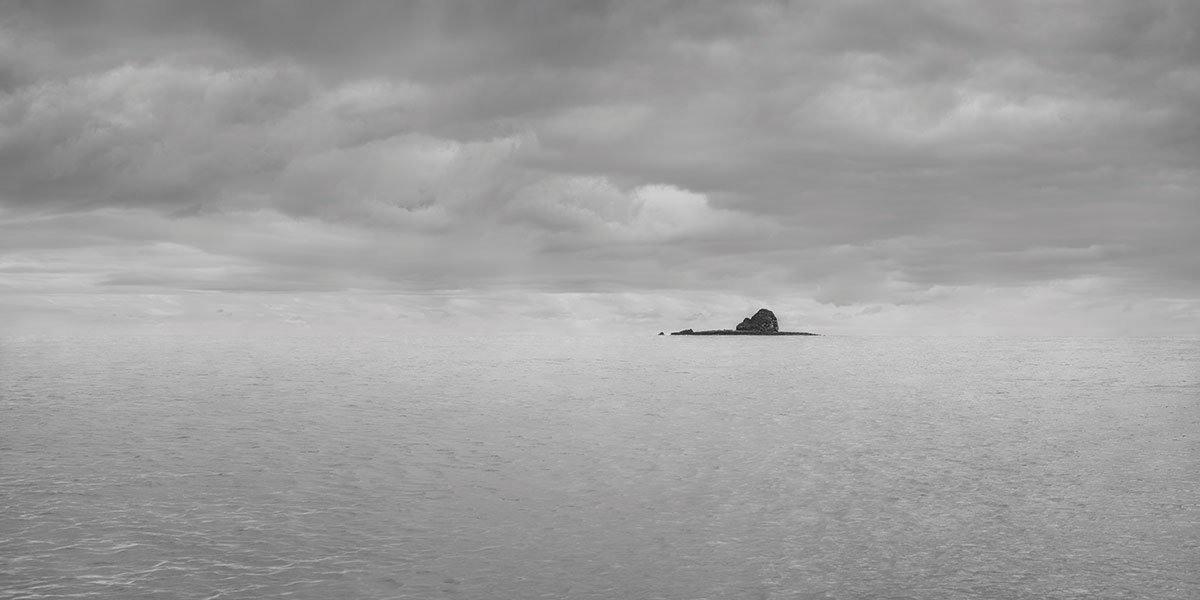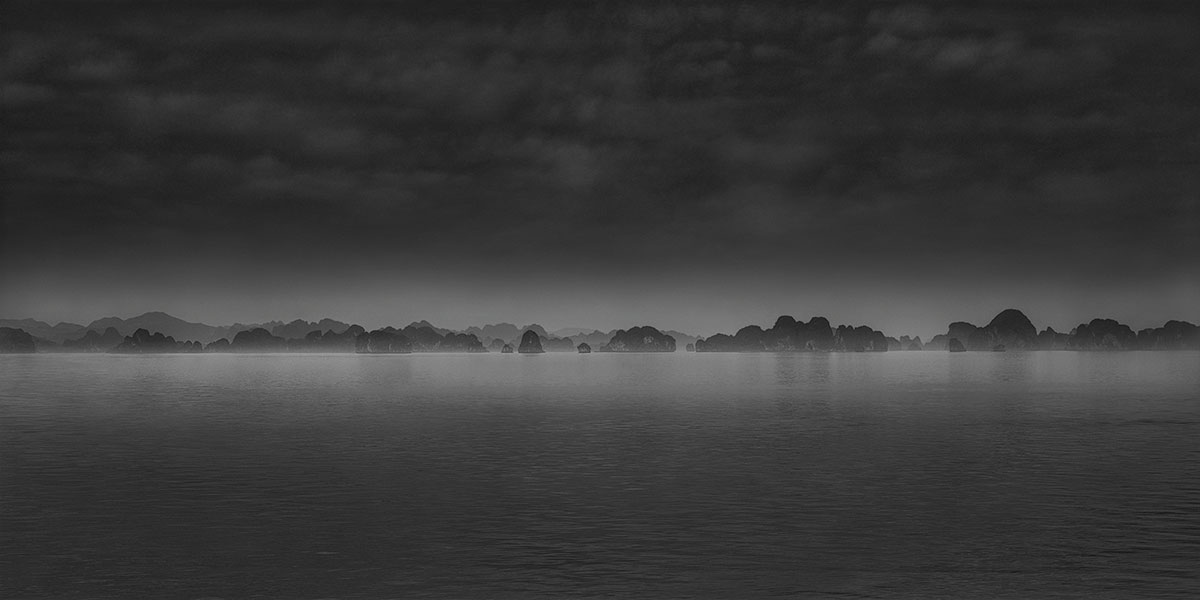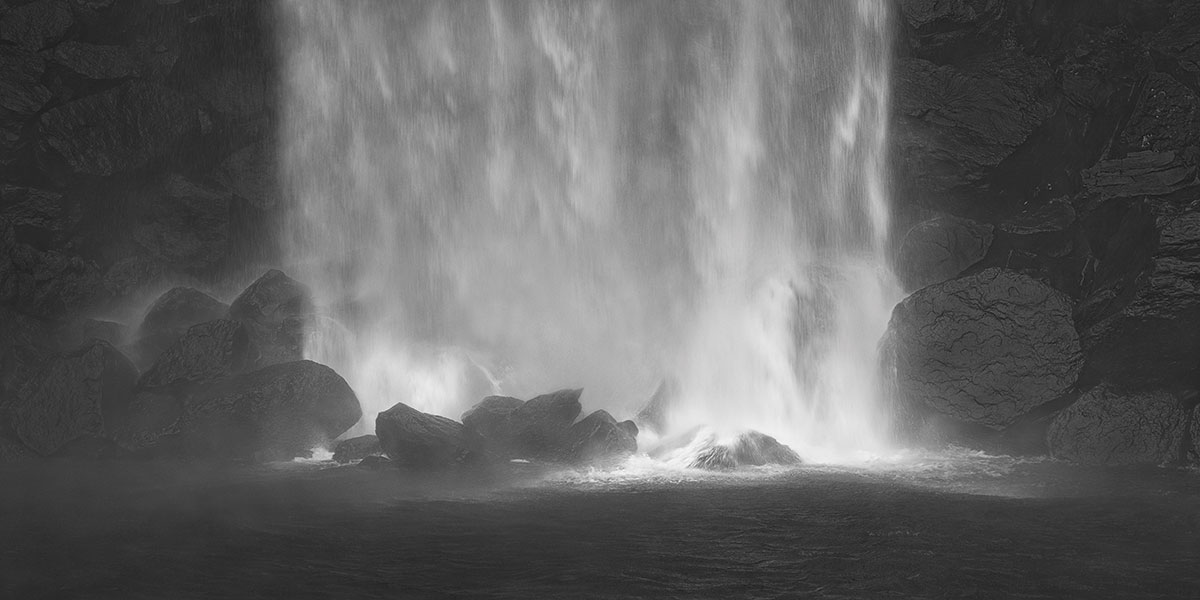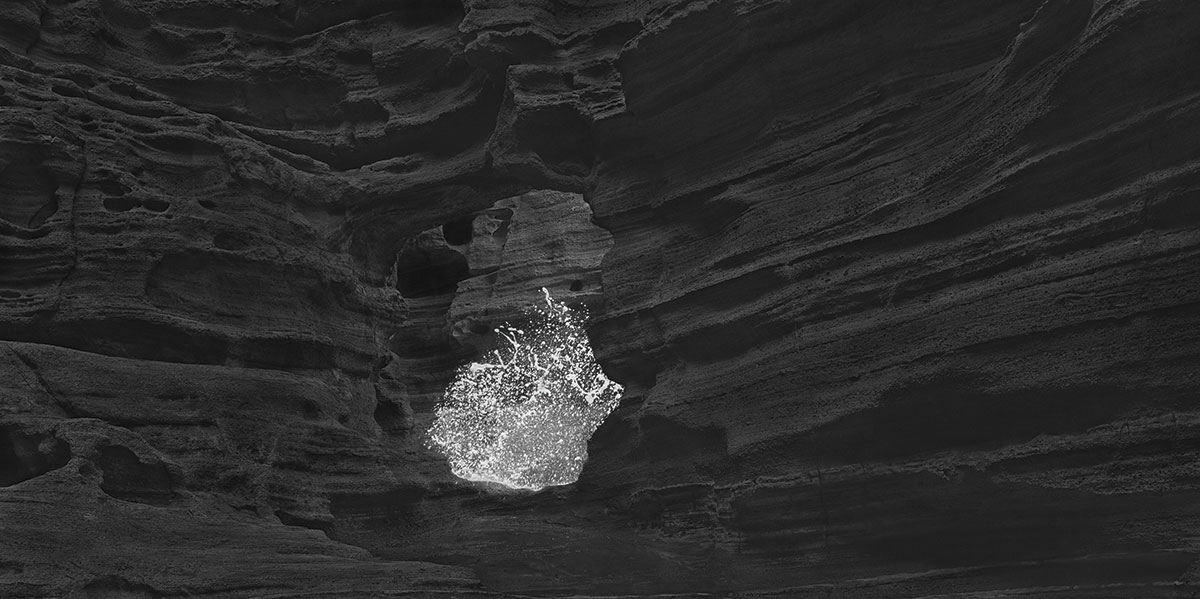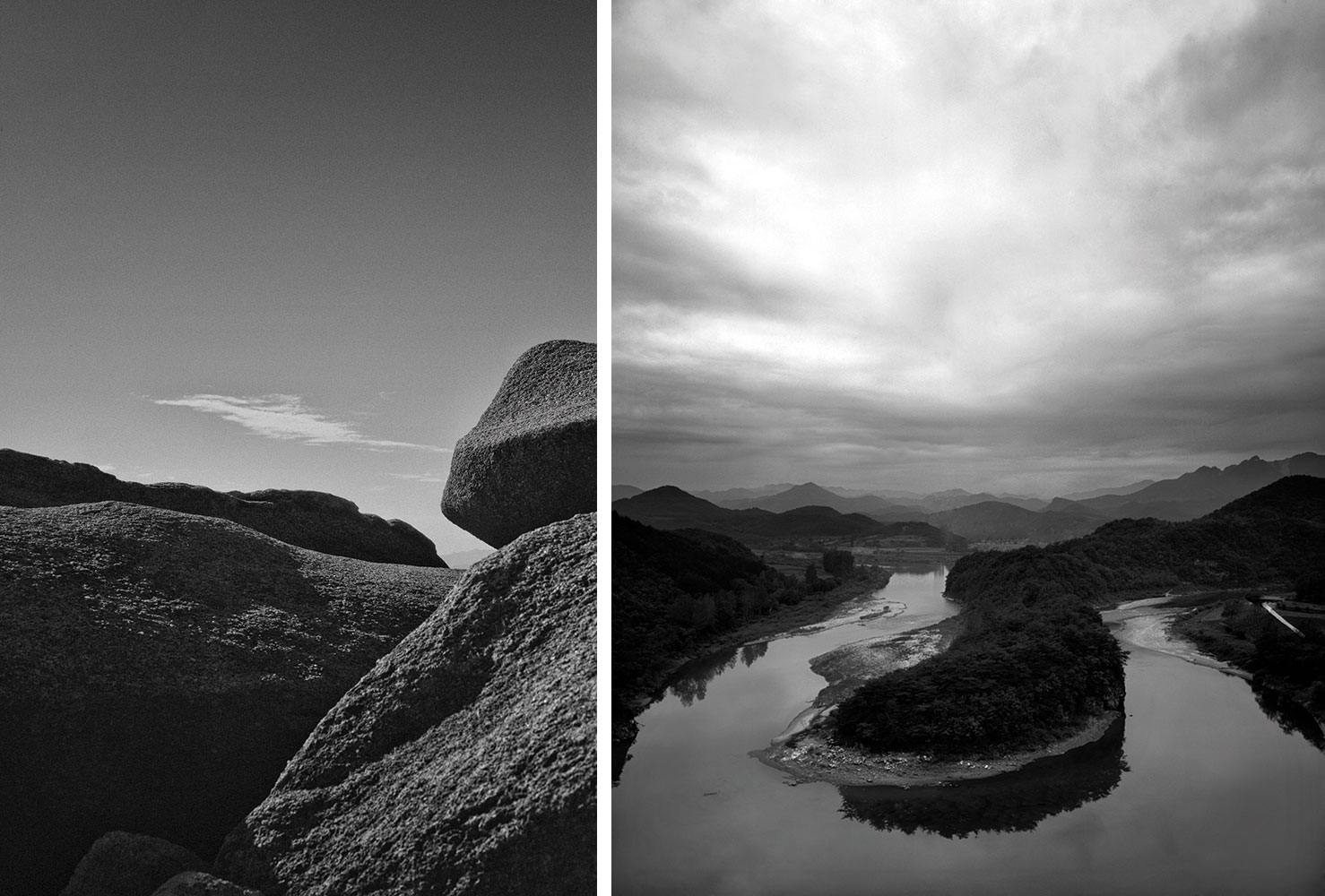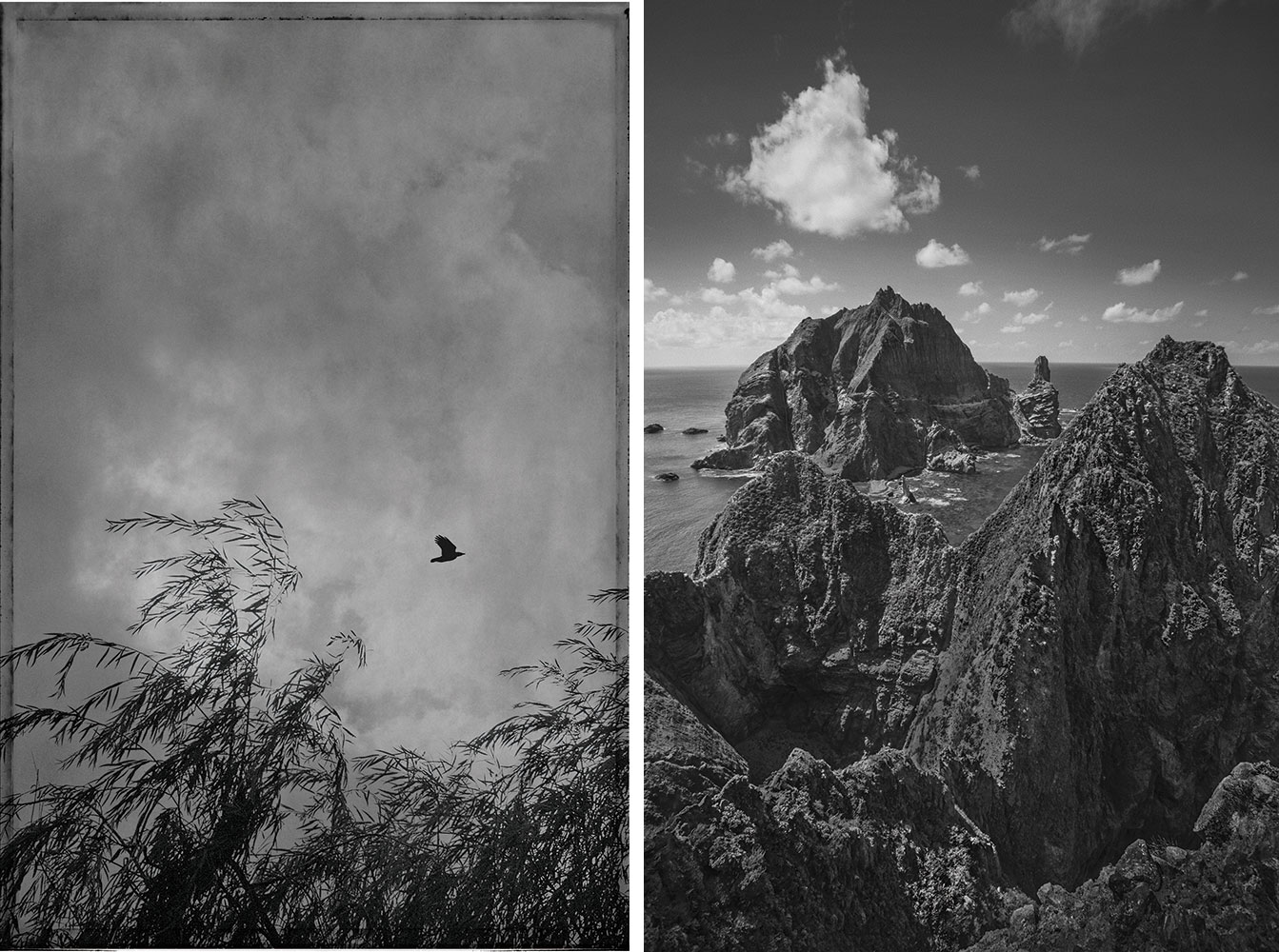PHOTO: Kim Jung Man-However We Saw The Same Star
Kim Jung Man is one of Korea’s first generation of photographers who studied abroad and returned home to start a new wave that popularized photography. Park garnered attention for being selected as the youngest exhibitor in ‘Photo of the Day in France’ in 1977. In the last forty years, Kim has taken nearly 800,000 photographs of a wide range of subjects, including flora, fauna, people, and landscapes, as well as fashion, through which he has demonstrated unique sensibilities and style.
By Dimitris Lempesis
Photo: Kulturstiftung Basel H. Geiger

Kim Jungman has so far only been exhibited in Europe at the end of the 1970s, in France. In 1977, he won the young artist award at the Rencontres Internationales de la Photographie d’Arles. In his native Korea, he initially became known as a largely commercial photographer. He worked for several renowned fashion magazines and large companies. At the turn of the millennium, Kim Jungman began to concentrate more on his artistic work by developing his own unique visual language. His photographs are by no means instantaneous snapshots, but well-thought-out visual worlds. In this exhibition, the focus lies on Asian landscapes and their meditative aura. They are masterpieces of an artist who is at peace with himself. Kim Jungman died unexpectedly on the December 31,2022 at the age of 68, while preparing the exhibition “However we saw the same star”. He had recently visited Basel in order to discuss the presentation in its first outlines. It was the wish of Kim Jungman’s family to go ahead with the project after his death. Thus, the exhibition has now become a tribute to this extraordinary person and photographer. In 1970, Kim Jungman and his family left Korea for Burkina Faso, where his father had been dispatched by the Korean government to provide medical services. The following year, 16-year-old Kim was sent to France, as the village in which the family settled did not have a school. Upon his graduation from high school, Kim began to study painting at art school, where he fell in love with photography. For Kim, photographs had an immediate and interesting quality as they, unlike paintings, could be produced almost instantly. As a stranger in a foreign country, the visual environment he found himself surrounded by, especially during his formative years, served as a realm of exploration, which later gave birth to the remarkable sense of purity and space in his black-and-white photography. The “Sexually Innocent” series marks the beginning of Kim’s artistic journey and uses the human hand as a medium. For him, the physical landscapes and expressions forged by human hands create a mise-en-scène of masking, concealment, and exposure: “I wanted to better express the eroticism of the body by covering it with the hands rather than by blatantly exposing it.” For Kim, the face and body crave a form of concealment, and therefore can reveal themselves more effectively when hidden under hands than when exposed. Kim Jungman was exiled twice from Korea, in 1985 and again in 1986. This traumatic experience launched his utilization of photography as a tool for expression. Without a chance to protest against the injustices of state power, he began his life in exile in Los Angeles, USA. This period cast a dark shadow over his photography, immortalized in the “Days of Exile” series. Kim’s unique hues and tones, as well as the abyss of dark colors resonating from the bottom of the photographs, distinguish him from other photographers. It was during this period of forced displacement that these artistic characteristics emerged. Whereas the Sexually Innocent series in the 1970s focuses on the representation of the subject as seen through the camera, his “Days of Exile” series in the 1980s takes a more subjective and personal approach, presenting the subject as a mirror for his own loneliness and isolation. In the winter of 1998, Kim fulfilled the final wish of his father and traveled back to Africa, where his father had spent decades providing medical care. Kim’s appeal with a larger public began with the “Animal Kingdom” (1999) and “African Journey” (2000) series. Capturing various scenes in Kenya, Botswana, and Tanzania provided Kim with a chance to encounter the unmistakable and raw sights of the African continent brimming with natural instincts. His daily routine of leaving in the early morning, chasing animals across the savannah, and returning at sunset, made him aware of what true happiness meant to him as a photographer. Among his diverse pursuits, it was Kim’s work in portrait and fashion photography which cemented his reputation and brought him further fame. In his long career as a commercial photographer, his achievements have made important and lasting contributions to Korean popular culture. Kim worked with some of the most well-known figures of the day, including singer Kim Hyun-sik, whose coarse yet candid feet were forever immortalized through his lens; Ms. Park Ok-ryeon; and J. M. G. Le Clézio, a Nobel Laureate in Literature, who became an unexpected friend during Kim’s school years in Nice. On top of this, Kim worked on numerous film posters. In 2006, while traveling in the Gobi Desert in Mongolia and China, Kim experienced an artistic awakening akin to religious resolve. This transformative experience abruptly ended his career in commercial photography. From this point on, Kim spent his time exploring cultural heritage sites and natural wonders across Korea. For the first time in his life he recognized the innate beauty and spirit of Korean landscapes. “Rediscovering Korea” (2010s) reflects Kim’s transition from Western sensibilities and perspectives to more Korean ones. In the series, Kim instinctively integrates the aesthetics of omission, as found in traditional Korean literature and art, while remaining faithful to the classical principle that underlies all art: the imitation of natural beauty through mimesis.
Photo: Kim Jung Man, Wonderland Yeongwol Gangwondo Korea, 2009 복사, © studio velvetunderground
Info: Kulturstiftung Basel H. Geiger, Spitalstrasse 18, Basel, Switzerland, Duration: 1/12/2023-11/2/2024, Days & Hours: Mon & Wed-Sun 11:00-18:00, www.kbhg.ch/
